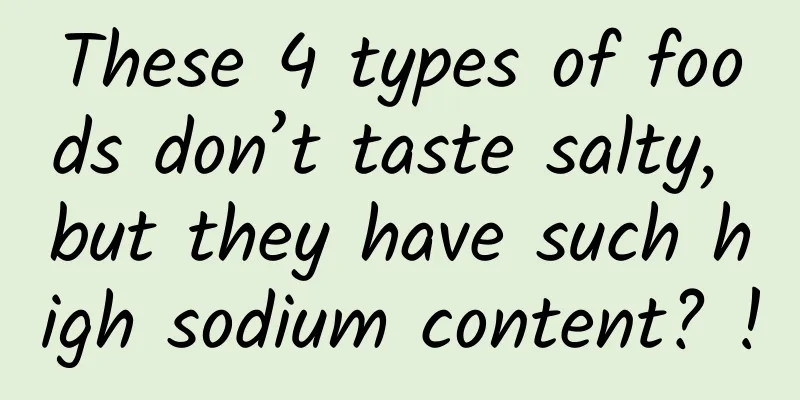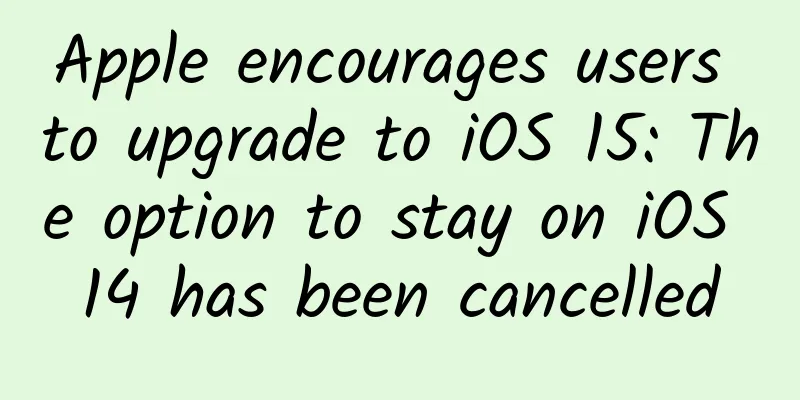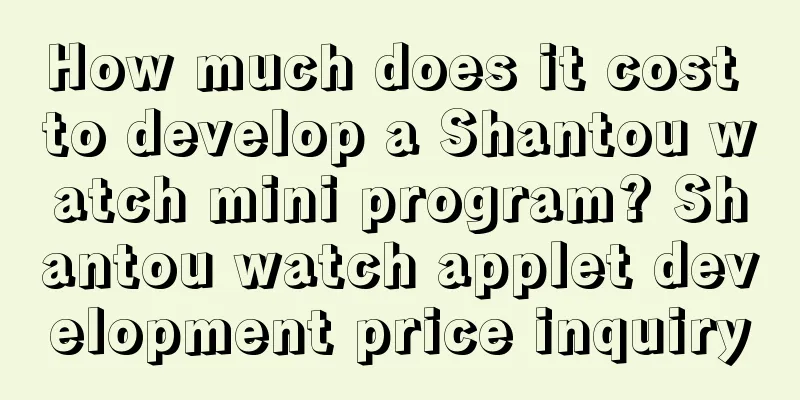These 4 types of foods don’t taste salty, but they have such high sodium content? !

|
If your blood pressure is high, eat less salt - this is a dietary principle that many people with high blood pressure know. The main component of salt that affects blood pressure is sodium. The World Health Organization (WHO) recommends that adults consume less than 2,000 mg of sodium per day, which is equivalent to 5 grams of table salt [1]. In this case, reducing sodium seems to be an extremely simple operation: just eat less salt, right? This is not the case. Many things that don’t taste salty or even aren’t salty at all actually have surprisingly high sodium content. 01 vermicelli How lethal can a bowl of clear soup noodles be? Look at this casually photographed noodle. It contains 650 mg of sodium per 100 grams - that is to say, without adding any salt or soy sauce, 100 grams (2 taels) of noodles already accounts for nearly 1/3 of the daily sodium target. In order to make many noodles chewier, alkali, namely sodium carbonate or sodium bicarbonate, is added during the production process. The extra sodium comes from here. 02 bread The second player on the list has a dizzying variety of options, but even the lightest white bread slices have a high sodium content, reaching 354 mg per 100 grams: And this chocolate flavor, which has 394 mg of sodium per 100 grams: The great thing about bread is that it can hide. The human saltiness threshold is 0.05%. Theoretically, if there is 50 mg of sodium in 100 grams of bread, people will be able to sense the saltiness. However, the proportion of carbohydrates in bread is higher, and some bread may also contain various fillings, which will mask the saltiness and make it difficult to taste the saltiness[2]. 03 Some vegetables You might not believe it, but even simple vegetables contain sodium. The sodium content of celery stalks is 159 mg per 100 grams; the sodium content of chrysanthemum is 161.3 mg per 100 grams; and the sodium content of fennel is 186.3 mg per 100 grams[3]. Copyright image, no permission to reprint The thing about vegetables is… who’s going to be on guard against vegetables! The Dietary Guidelines for Chinese Residents recommends that adults eat 300 grams of vegetables every day[4]. If you only eat the three types listed above, you will consume 1/4 of your daily sodium intake. Eating vegetables is certainly a good thing, but you can change a few more types to make it richer; when cooking celery, chrysanthemum and fennel, try to use less salt. 04 Effervescent tablets The last contestant was very unexpected: Isn't this a pill? Does it also contain excessive sodium? Effervescent tablets add a lot of fun to the act of taking medicine. Just throw a small piece in, the bubbles escape with a "whoosh", and a cup of drink is ready in a short while. In addition to the most common vitamin C, drugs such as aspirin and paracetamol are available in effervescent tablet form. Copyright image, no permission to reprint Where is the sodium hiding? In the air bubbles. Effervescent tablets generally use sodium carbonate or sodium bicarbonate as a disintegrant. When it comes into contact with water together with acid, it will produce a large amount of carbon dioxide, and the tablet will disintegrate rapidly. Some effervescent tablets also add sodium chloride to help maintain the shape of the tablet. Studies have shown that a 500 mg dose of paracetamol effervescent tablets contains 390 mg of sodium, and the maximum daily dose is 8 tablets. If taken at this dose, the daily sodium intake of an adult would exceed the recommended daily sodium intake by taking the medicine alone[5]. Copyright image, no permission to reprint Now looking back at the saying “If you have high blood pressure, eat less salt”, isn’t it not comprehensive enough? Of course, it is not realistic to remember all foods that are high in sodium, but if you want to really reduce salt intake, you can always rely on the Nutrition Facts table. References: [1] Lawrence J Appel, Salt intake, salt restriction, and primary essential hypertension [EB/OL]. UpToDate Clinical Advisor, https://www.uptodate.com/contents/zh-Hans/salt-intake-salt-restriction-and-primary-essential-hypertension#H1509939731, 2021.10.04 [2] Li Shuang, How Much Salt Is Hidden in Bread [EB/OL]. People’s Daily Online, http://health.people.com.cn/n1/2019/0108/c14739-30509370.html, 2019-01-08 [3] Yang Yuexin. Institute of Nutrition and Health, Chinese Center for Disease Control and Prevention. Standard Edition of Chinese Food Composition Table. Beijing: Peking University Medical Press, 2018.04: 73 [4] Chinese Nutrition Society. Dietary Guidelines for Chinese Residents (2022). People's Medical Publishing House. 2022.04: 48 [5] Xia Wen, Effervescent tablets contain high sodium content and salt intake should be limited when taken [EB/OL]. People's Daily Online Source: Huichang Health The cover image and the images in this article are from the copyright library Reproduction of image content is not authorized |
>>: Shocking! One day = 24 hours, 56 minutes and 24 seconds, you can live longer...
Recommend
Will there still be power rationing in 2022? What is the latest news about the power rationing order? Attached with the latest national regulations
Around the end of September 2022, many places in ...
After eating this kind of dried bamboo shoots for a week, the woman rolled on the ground in pain! The doctor was shocked when he saw the intestines...
Dried bamboo shoots are a favorite snack for many...
List of confirmed communities in Shanghai in 2022: Which communities have confirmed cases? Attached the latest news
Currently, the local epidemic in Shanghai is in a ...
How does “Duoduo Orchard” achieve gamification growth for Pinduoduo?
"Duoduo Orchard" is a casual social gam...
The mosquito that sucked blood is the eyewitness that the criminal never expected
This article comes from the China Science Expo fa...
He is the first person in China's optical fiber industry. Your "WiFi freedom" cannot be separated from him! |Time Letter
Special Project of Beijing Science Center Origina...
How to do bidding advertising promotion? Do you understand these?
Anyone who understands bidding knows that bidding...
Who is a gentleman and who is a villain? Confucius said it all in three sentences!
Mixed Knowledge Specially designed to cure confus...
The "aging but not aging" brain: Your cognitive function has not reached its peak at the age of 70
Written by: Liu Fang Editor: Kou Jianchao Layout:...
A PK between two thousand star phones: Honor X10 and iQOO Z1, which one is more worthy of choice?
For students, choosing to buy a phone during the ...
Monkey is happy: Monkeys are only happy when they see it, but ants are really happy when they see it
Produced by: Science Popularization China Author:...
Reject BOSS Direct’s “brainwashing” marketing! Avoid these 3 misunderstandings when promoting your products!
Recently, many netizens have expressed that they ...
[Case] How to promote mobile medical APP in an embarrassing situation!
1. Introduction The high cost and difficulty of s...
Even in the Internet age, mobile phone hardware is still the money maker
Xiaomi, which released its first mobile phone in ...
I really want to ask: How is the ban on honking captured?
With the acceleration of urbanization, traffic pr...









